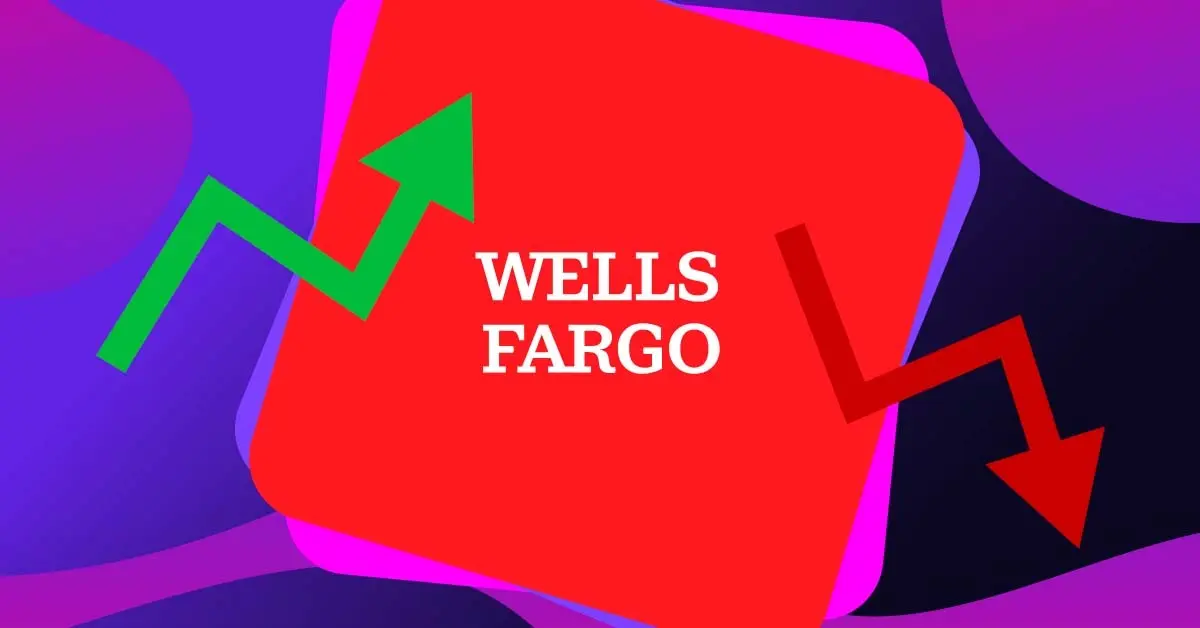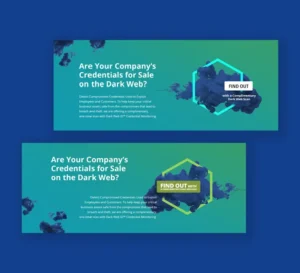
Wells Fargo & Company (WFC) is one of the top financial services companies in the US. It was established in 1852 and is headquartered in San Francisco, USA. If you’re a corporate professional closely watching the financial sector, this article is for you. Learn more about the dramatic rise and fall of Wells Fargo and its implications for the corporate world.
The Wells Fargo Empire
From its humble beginnings as a stagecoach company, Wells Fargo capitalized on the nation’s growth to become a cornerstone of the American financial landscape. Here are the key factors that contributed to its empire-building.
Wells Fargo was created by merging large super-regional banks. Founders Wells and Fargo created the company in 1852 to serve California’s growing population of gold miners.
Wells Fargo merged with Norwest Corporation in 1998. Ten years later, they bought out East Coast giant Wachovia. If you add them, the company can now claim over 64 million clients from coast to coast.
Wells Fargo has restructured its business into three main divisions. This includes wealth management and investments, commercial banking, and retail banking.
Wealth Management and Investments
This segment serves business clients and high-net-worth individuals (HNWIs) by providing wealth management services and investment products. These services generally include financial planning, private banking, and credit. Wells Fargo’s wealth management services and investments segment reported $2.2 trillion in assets in 2021.
The investment services division lets customers choose between self-directed trading and investing and a full-service financial advisor. The wealth management division, on the other hand, provides team-based management services or an individual approach with a dedicated financial expert.
Wholesale/Commercial Banking
Wells Fargo’s wholesale banking division handles the financial needs of US-based and global businesses. This category includes 13 different business lines, including business banking, corporate banking, commercial estate banking, community banking, etc.
Community/Retail Banking
The community banking operations cater to retail and small businesses with everyday banking needs. Wells Fargo also offers small investment services to its retail clients. In addition, the bank serves these customers in its branches through an online banking app and automated teller machines (ATMs).
In addition to its primary banking services, Wells Fargo provides crop insurance, commercial real estate services, energy-syndicated loans, and other related services.
Scandals Involving Wells Fargo
Tim Sloan, who worked at Wells Fargo for 31 years, quit as CEO in March 2019. He was under fire from regulators and others who thought he couldn’t fix the bank’s problems because he had been there so long. Here are the events that contributed to Wells Fargo’s downfall.
Fake Bank Accounts
Wells Fargo skyrocketed to become the third-largest bank in the U.S. after buying Wachovia during the 2008 financial crisis. Thanks to soaring profits and stock prices, it was worth nearly $300 billion in just a few years. But this success came at a considerable cost. A toxic company culture pressured employees to open millions of accounts and credit cards in customers’ names to meet unrealistic sales targets between 2011 and 2015.
Lending
Wells Fargo has also faced a series of controversial lending services, including:
- Unfair practices directed at its auto loan and mortgage borrowers. The Consumer Financial Protection Bureau (CFPB) imposed penalties on Wells Fargo due to the scandal.
- In June 2018, the SEC discovered that Wells Fargo encouraged clients to actively trade high-fee debt products designed to be held to maturity. The bank entered a settlement agreement and returned $1.1 million in ill-gotten funds, interest, and a $4 million penalty.
- In August 2018, the company incurred a $2 billion penalty for allegedly misrepresenting residential mortgage loans issued ten years earlier.
- The CFPB also imposed a $1.7 billion penalty on Wells Fargo in December 2022 for unfair practices related to consumer loans.
The Aftermath
Because of the scandals, Wells Fargo faced backlash from its customers and the public. Many customers closed their accounts and transferred their banking transactions to other banks. Additionally, the company’s reputation among investors was severely affected.
Wells Fargo implemented various measures to rebuild its reputation. This involved customer service enhancement, improved communication practices, and increased accountability and transparency.
The bank also introduced a significant marketing campaign to restore its trust with the public. Advertising campaigns focusing on the company’s commitment to customer service and ethical business practices were launched through social media and other platforms.
Despite these efforts, it will take some time for Wells Fargo’s reputation to recover from the damage inflicted by the scandals fully. Many customers and investors remain doubtful of the bank, which faces criticism from regulatory agencies and the public.
Lessons to be Learned
The rise and fall of Wells Fargo serves as a clear reminder of the consequences of leniency, a toxic corporate culture, and the absence of robust risk management systems. As we reflect on the events and their impact, we must learn several lessons, especially when highlighting the significance of good corporate governance:
Ethical Business Practices
The ambitious sales target compromised the bank’s ethical standards. That said, organizations should prioritize ethical considerations over profits despite the pressure to deliver short-term results.
Protecting the Interest of Stakeholders
The interests of stakeholders must be considered in every decision. Banks and other institutions must protect their financial assets and personal information.
Transparency and Accountability
All businesses and organizations must promote a culture of transparency. Management and employees should be accountable for their actions and report unjust behaviors without fear of potential backlash.
Continuous Training and Communication
The institution should provide continuous training on ethical practices and foster open communication. This initiative can prevent misunderstandings, guide employees in doing what is right, and benefit everyone.
Responsible Leadership
Institutional leadership is essential for promoting a positive corporate culture. Leaders must model ethical behavior and integrate good governance into the organization.
About the author

Rowena Zaballa
With a background as a former government employee specializing in urban planning, Rowena transitioned into the world of blogging and SEO content writing. As a passionate storyteller, she uses her expertise to craft engaging and informative content for various audiences.























